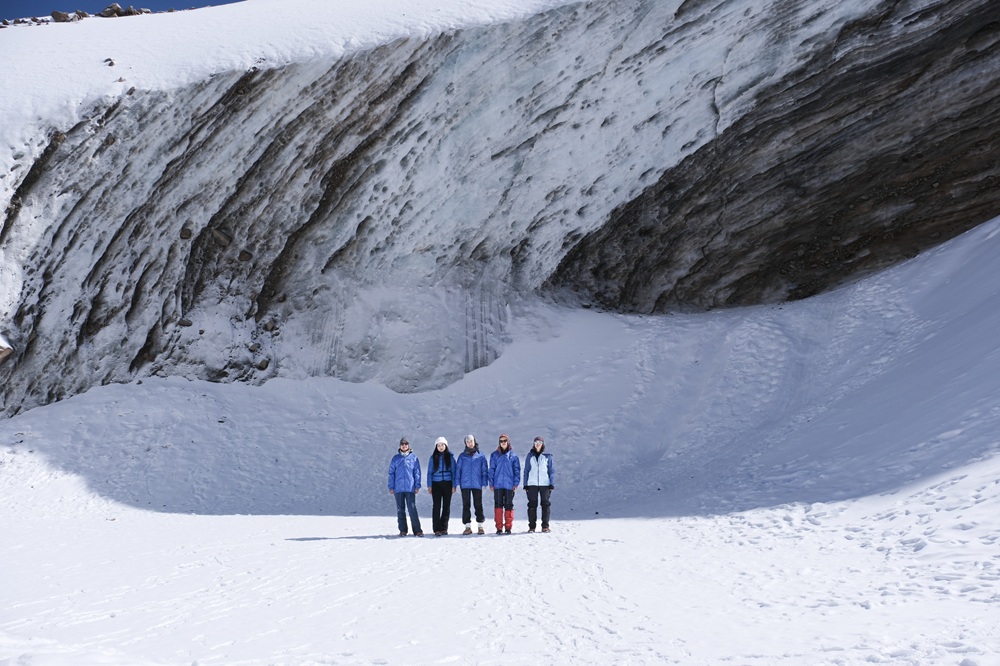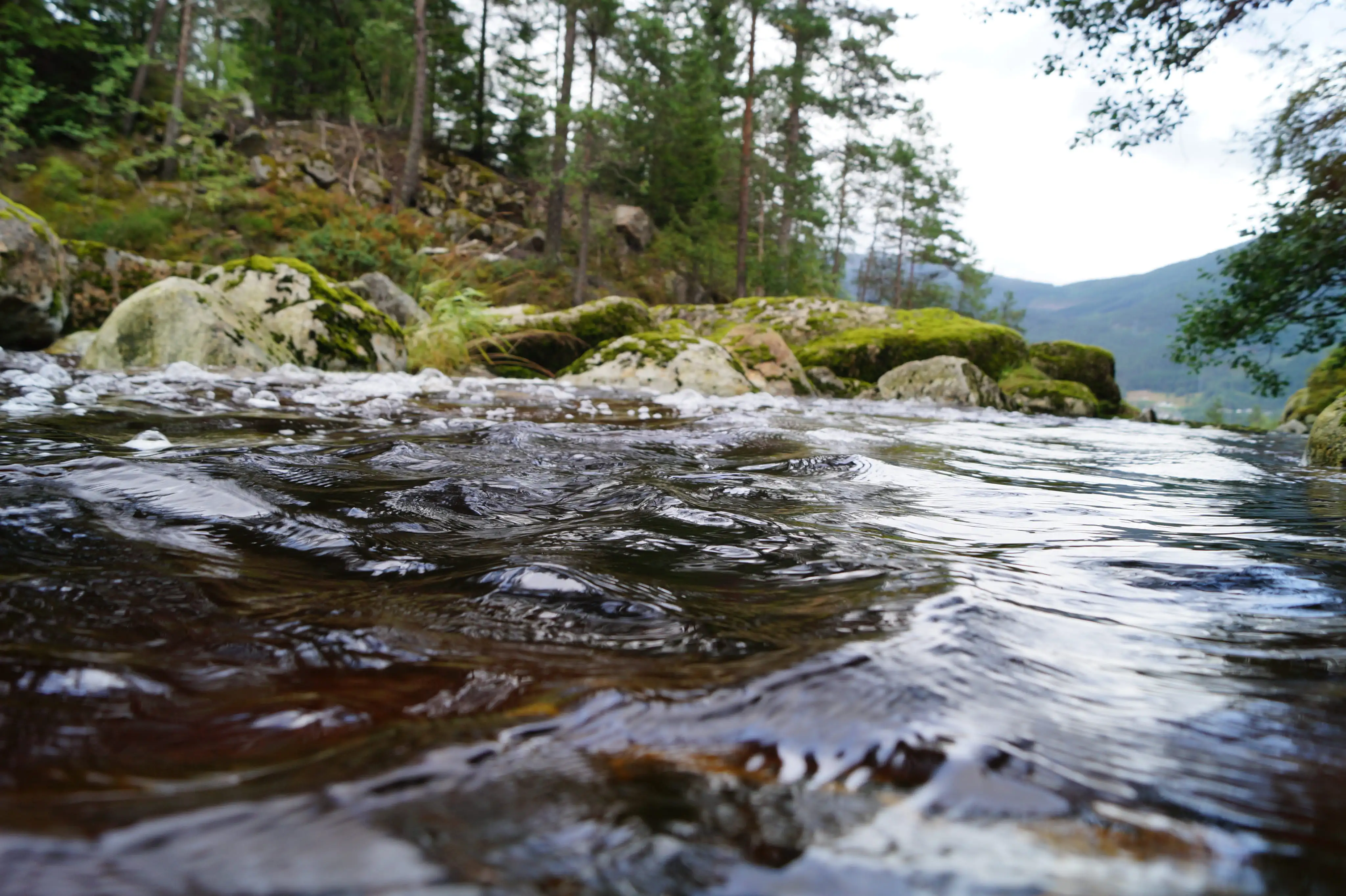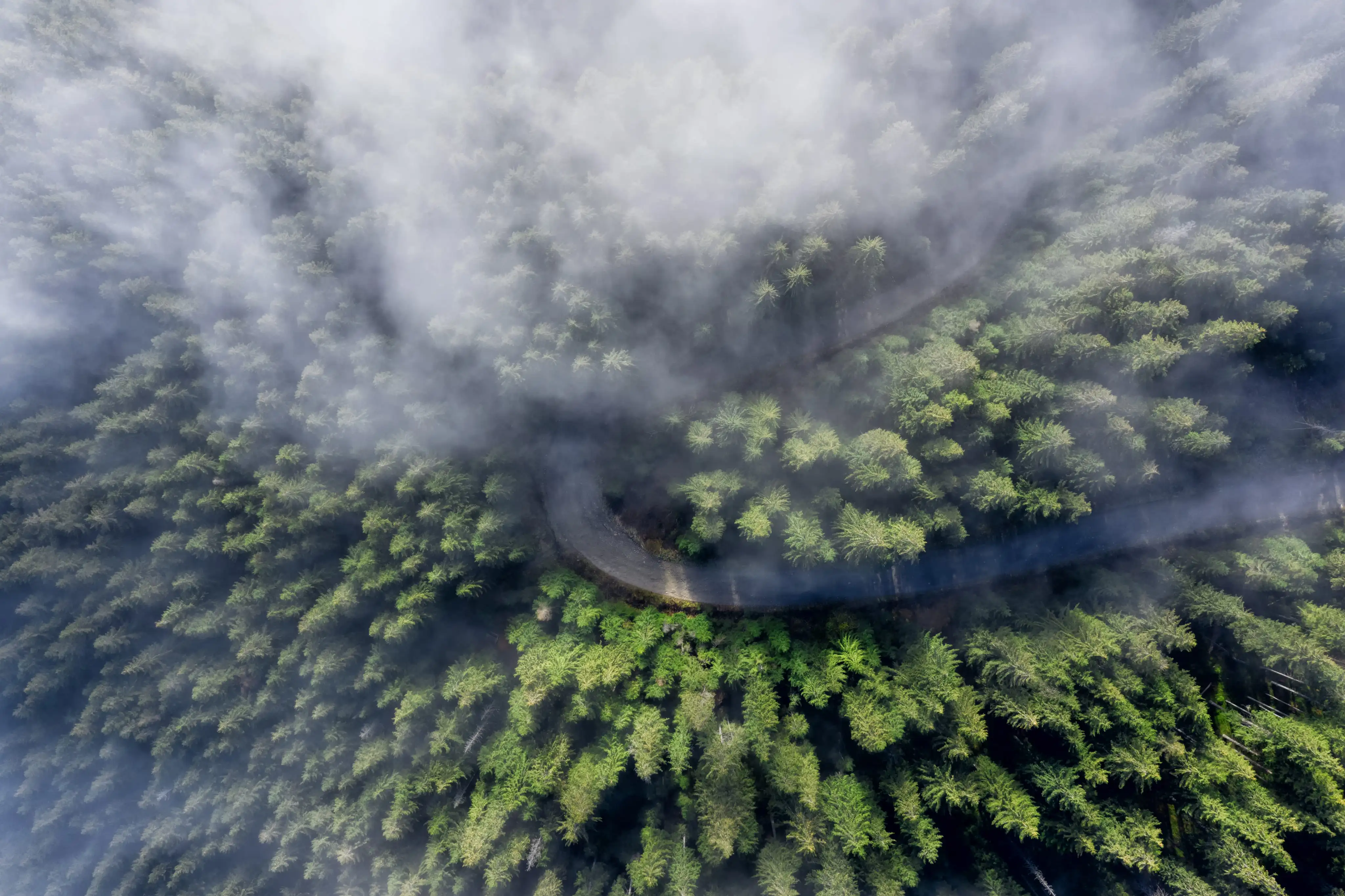Central Asia's cryosphere - comprising glaciers, snow, and permafrost in the Tien Shan and Pamir mountains - serves as one of the most sensitive and visible indicators of climate change already happening. The region experiences warming at twice the global average, creating a natural laboratory where climate scientists can observe changes unfolding in real time.
These aren't future projections - they're current realities reshaping the landscape before our eyes.

Witnessing the Change
Scientists closely monitoring "sentinel" glaciers, like the Abramov in the Pamir-Alay and the Tuyuksu in Kazakhstan, see the story unfolding year by year. These critical glaciers have been shrinking since the 1950s, serving as living indicators of regional climate transformation.
The University of Fribourg's research reveals significant projected changes: Under moderate emission scenarios (SSP2-4.5), the Abramov glacier may lose approximately 75% of its current volume by 2100; under high-emission pathways (SSP5-8.5), volume reductions could approach 90%. These projections demonstrate how the cryosphere reflects ongoing climate change processes.

The Tuyuksu glacier faces similar transformation patterns: modeling suggests it could reach "peak water" (the point after which glacier melt contribution begins to permanently decline) within a decade. This transition represents a fundamental shift in regional hydrological regimes, with August-September flows potentially decreasing by over 40% by the 2080s.

Cryospheric Water Systems and Climate-Driven Changes
Central Asia’s major river networks-the Syr Darya and Amu Darya- derive substantial water from the snow and glaciers of the Tien Shan and Pamir ranges. However, the extent and timing of this contribution are not fixed; water resources depend on the cryosphere relatively and only through the prism of ongoing and unavoidable regime changes.
With rising temperatures, the patterns of snowmelt and glacier runoff are undergoing inevitable "regime changes." Earlier melting—now occurring as early as March—fundamentally alters both the timing and volume of river flows. As the cryosphere transforms under climate pressure, regional water availability patterns transform accordingly.
Understanding how these hydrological regime changes occur requires looking through the lens of ongoing and unavoidable transformations in the cryosphere. The evolving relationship between climate, ice, and runoff highlights the need for adaptive water management strategies based on scientific understanding of changing processes.
Response: Knowledge as a Tool for Adaptation
Faced with this new reality, understanding exactly how these cryospheric changes are happening becomes very important for adapting life to these new conditions. This knowledge allows communities to move from being passive recipients of change to active participants in shaping their future. By combining scientific monitoring with local knowledge, people can anticipate shifts in water availability, adjust agricultural practices, and strengthen their water infrastructure.
Gendered Health Impacts of Cryospheric Change
As climate change transforms Central Asia’s cryosphere, its health consequences are increasingly gendered. Globally, women are 14 times more likely than men to die during climate-related disasters, according to UNDP estimates.
Rising temperatures increase the incidence of heat-related illnesses, cardiovascular strain, and dehydration—particularly among women, children, and elderly individuals who often lack access to cooling and health services. Water insecurity caused by glacier retreat and earlier snowmelt affects women disproportionately, as they are primarily responsible for household water collection and care-related duties.
In rural parts of Central Asia, women spend up to 3–4 hours per day collecting and managing water, a burden that intensifies as safe water sources diminish. The absence of traditional winters may influence the seasonal patterns of infectious diseases and contribute to an increase in respiratory illnesses due to prolonged exposure to airborne dust and other fine particulate matter.
These climate-related health risks can disproportionately affect women, children, and elderly individuals, especially in rural or underserved areas with limited access to healthcare services. Sanitation risks escalate, especially for girls and women in areas where water availability is disrupted by permafrost degradation or seasonal droughts.
Integrating gender-responsive public health measures and inclusive climate adaptation plans is vital to addressing the specific vulnerabilities and needs of women, children, and elderly individuals, and to strengthening their resilience to climate risks.
Regional Cooperation in Understanding Changes
Central Asia's cryosphere represents an integrated system where climate, water resources, and society are deeply interconnected. Understanding these relationships requires joint research and knowledge sharing about how changes occur. Despite the vital importance of the cryosphere, significant gaps remain in our knowledge of exactly how these changes unfold. Many meteorological stations closed after the collapse of the Soviet Union, creating monitoring blind spots precisely when understanding change processes has become most critical.

Closing these gaps demands restoring monitoring networks, strengthening regional cooperation, and combining scientific data with the traditional knowledge of mountain communities. Only through collaborative study of how changes occur can the region develop effective adaptation strategies.
A Shared Future of Hope and Collaboration
The challenges facing Central Asia's cryospheric systems are too complex for any single community or country to understand alone. The path forward lies in collaboration and shared understanding of transformation processes.
By working together to monitor the cryosphere, share data about changing processes, and develop joint strategies based on scientific knowledge, the region can navigate the changes ahead. This spirit of cooperation turns knowledge about how changes occur into adaptive capacity, ensuring that communities are prepared and all interests are considered.

 Go Back
Go Back

